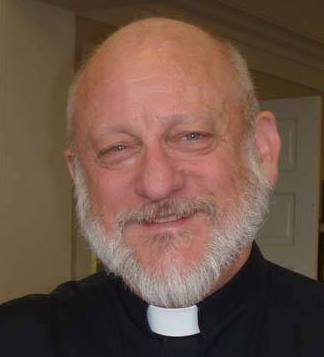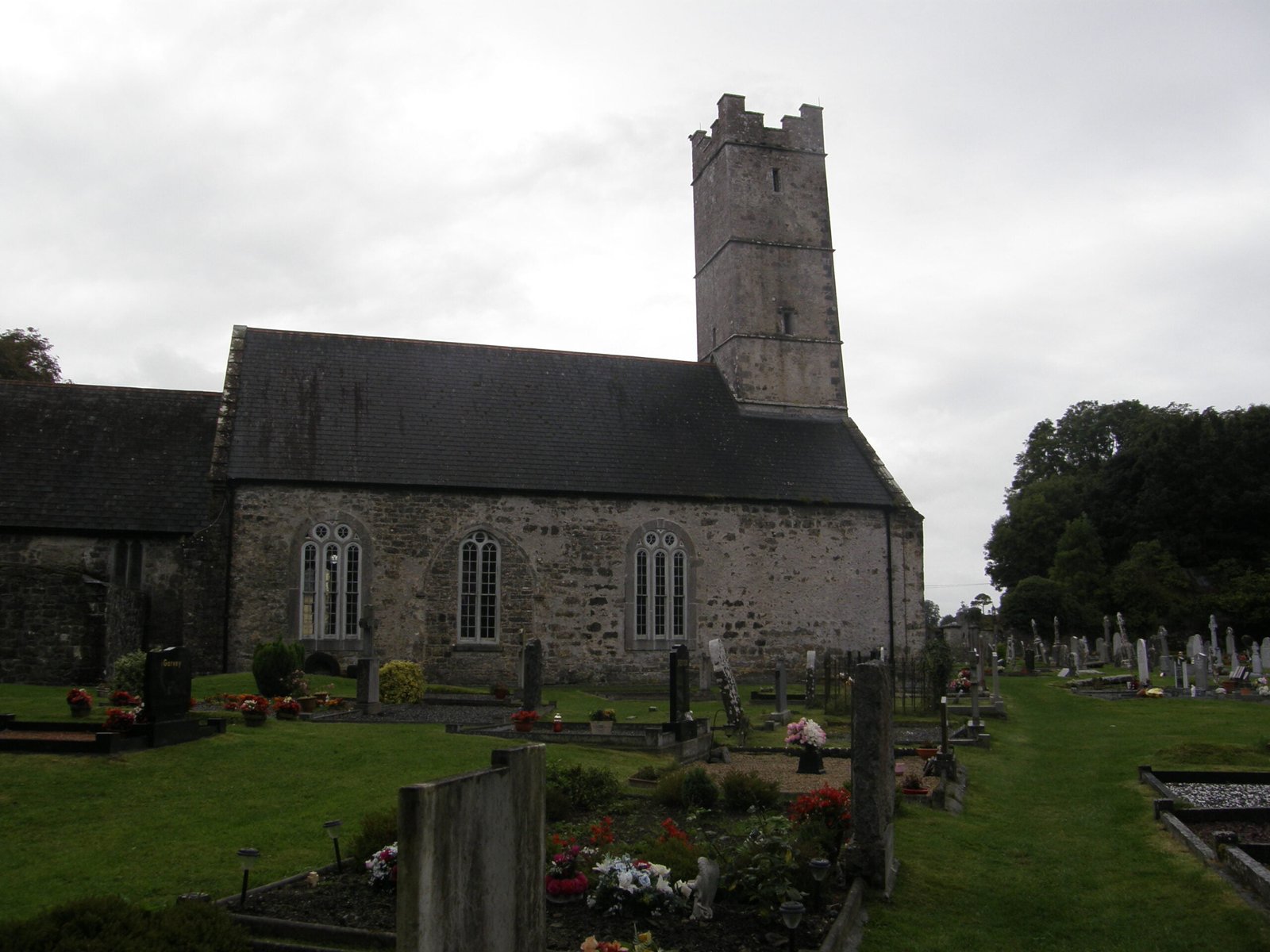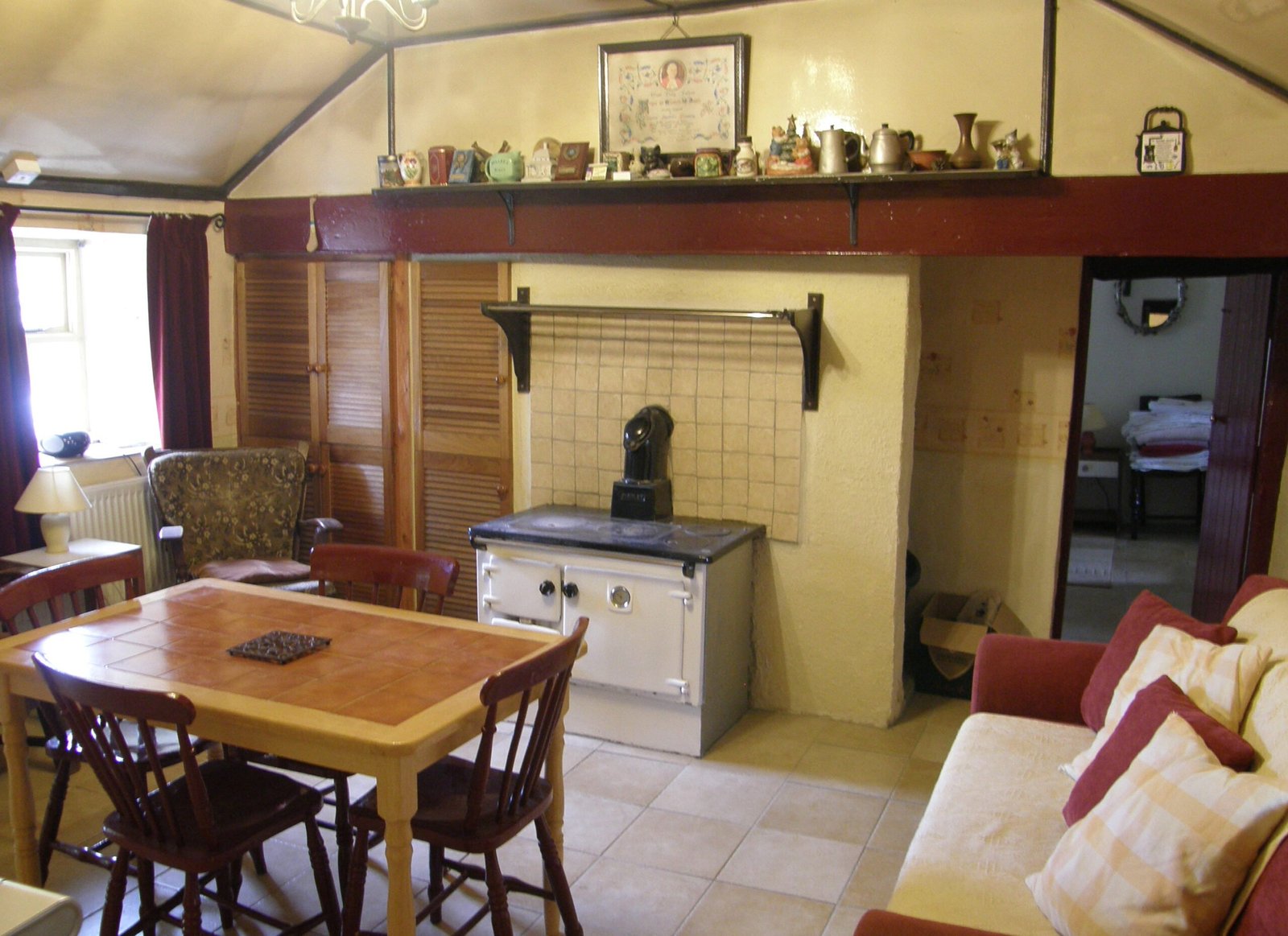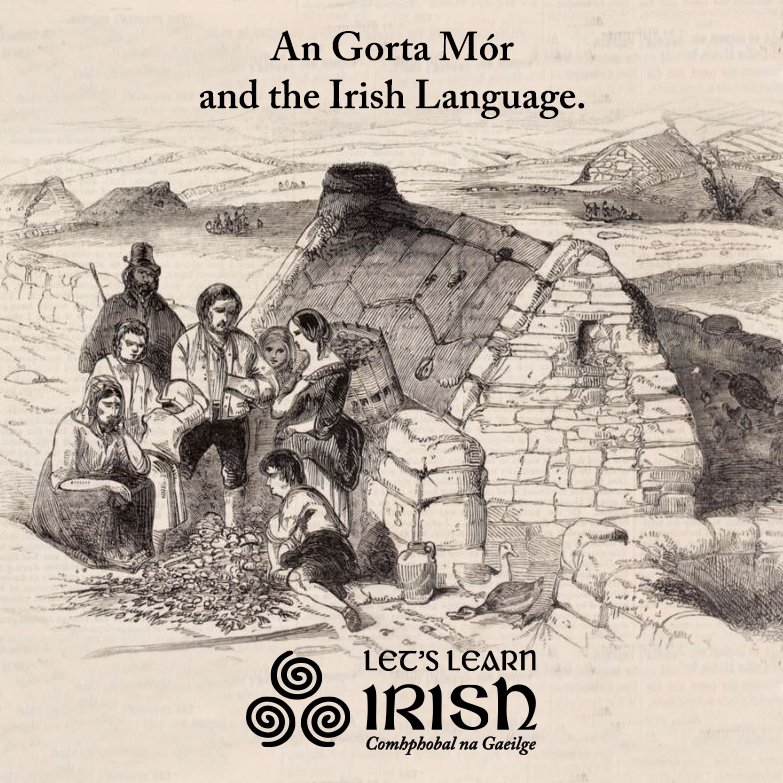How Celtic spirituality inspired me to learn Irish
 I am often asked why, at 71 years of age, I am trying to learn a new language! The question is especially relevant when talking about Irish, a language that I have little or no opportunity to speak in my local community in Ohio. There are many reasons to learn Irish, but I suppose my answer to this question is simply: family history, professional interest and pure curiosity.
I am often asked why, at 71 years of age, I am trying to learn a new language! The question is especially relevant when talking about Irish, a language that I have little or no opportunity to speak in my local community in Ohio. There are many reasons to learn Irish, but I suppose my answer to this question is simply: family history, professional interest and pure curiosity.
When I was young, my grandfather told the story that his grandfather, John Henry Funston, was an Irish sailor who crossed the Atlantic nine times. As I’ve tried to trace our family origins, I’ve found that most of the Funstons who emigrated to America during An Gorta Mór probably came the area around Pettigo, where Counties Donegal, Tyrone, and Fermanagh meet. I think that is the place from where Henry originated. I suspect he and his family were Protestant (his American descendants were Methodists and the Funstons I’ve met in Ireland are all Church of Ireland). They may not have spoken Irish, but perhaps they did. So there’s that.

As an Anglican priest, I developed an interest in Celtic spirituality. I wanted to dig deeper than the Victorian puffery of the “Celtic Revival” and that meant learning more about the church in Ireland prior to the Anglo-Norman invasion. Pádraig, Bríd, and Colmcille, of course, but also Finbar, Gobnait, Caoimhín, Ciarán, and others, including my favorite “heretic,” Pelagius. To come anywhere close to understanding their spirituality, I knew I would have to learn their language. Language shapes spirituality; language is a window into the human mind and soul. If if I was going to learn anything about “Celtic spirituality,” I needed to learn the language of the Celtic Christians.
And then there is simple curiosity. My wife and I took two vacations in Ireland in 2005 and 2007. Road signs, news reports, TG4, traditional music…these all exposed us to the Irish language: I wanted to know how to pronounce the words I was reading and understand the words I was hearing. During our second trip in May 2007, there was a general election underway and word “taoiseach” was everywhere! When I learned that it is pronounced “TEE-shuck,” I decided then and there to start taking classes.

The following summer of 2008, I obtained a continuing education grant from my bishop to attend a month-long beginners’ class at Acadamh na hOllscolaíochta Gaeilge on An Cheathrú Rua, Co. na Gaillimhe. I had intended to return the next summer as well, but life intervened: my son got married in August 2009, and then I had surgery in 2010. However, I was fortunate to get a Lexington Theological Seminary sabbatical grant in 2011.

During that summer I spent time in England, Wales, and Scotland visiting and studying at pre-Christian and early Christian archaeological sites, another session at Acadamh, and then a month alone in a cottage near the Shannon in Co. Uíbh Fhailí. While there, I worked on my “sabbatical project”: translating a couple of the Irish language hymns collected in the early 20th century by Protestant church musician Úna ní Ógáin and published under the title “Danta Dé idir Sean agus Nua,” and arranging my English translation for choral singing using the melodies to which ní Ógáin and her co-editor Riobard Ó Duibhir had set the Irish texts. I successfully completed only one of the hymn settings, “An Dún Álainn” by Donough Uí Dalaigh (c. 1244): at the conclusion of my sabbatical, it was performed by my parish’s choir.

In the decade since, I’ve sadly let my meagre skill in Irish lapse through disuse. After I retired in 2019, hoping to gain some back, I found a group of Gaeilgeoirí in Akron, Ohio, who were studying “Buntus Cainte” together and joined them. We met once a week in the bar of the local Hibernians lodge. Unfortunately, the Covid pandemic put a stop to that, so I sought out an online community, and that’s when I discovered Let’s Learn Irish. and fellow learners from around the world.
After two years with this community, I can read the language fairly well; I could probably read those road signs now. I can also compose a letter or a postcard in Irish that is reasonably intelligible. My conversation skills still need improving, but luckily our weekly conversation sessions are helping with that. As poorly as I feel I do, these “comhrá” interactions energize me and encourage me to continue learning. I heartily recommend this community to anyone who wants to learn the language of what has been call “a land poets and scholars, of dreamers and rebels.”
Join the online Irish community for cúrsaí, comhrá & ceardlanna, and follow along on social media @LetsLearnIrish – beidh fáilte romhat!





